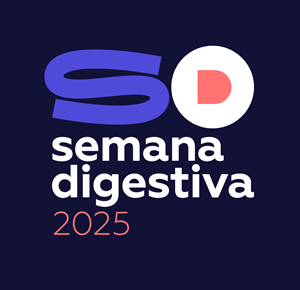Methods: Patients with chronic liver disease who had already performed liver biopsy were consecutively recruited from our outpatient department to participate in this cross-sectional study. Conventional pSWE (obtaining 10 measurements through 10 acquisitions), auto-pSWE (automatically obtaining 15 measurements by a single acquisition), and UDFF (one measurement obtained by one acquisition)of the liver were performed in March 2022.
Results: A total of44 patients were included, the majority female (56.8%), with a median age of 56 years old (IQR 46-61). The Pearson correlation coefficient between UDFF and histologic steatosis was 0.584 (p<0.001). The UDFF identified patients with a higher probability of having histologic steatosis: the area under the receiver operating characteristic curve (AUROC) values for diagnosing steatosis >grade 0 was 0.768 (95%CI 0.593-0.943, p=0.014), for steatosis >grade 1 was 0.842 (95%CI 0.719-0.965, p<0.001) and for steatosis >grade 2 was 0.844 (95%CI 0.727-0.961, p=0.001). The difference between conventional pSWE and auto-pSWE methods was not significant (p=0.165). The AUROCs for diagnosing fibrosisstage >1, >2 and >3 was 0.782 (95%CI 0.643-0.921, p=0.003), 0.817 (95%CI 0.654-0.979, p=0.014) and 0.864 (95%CI 0.686-1.000, p=0.038) for pSWE and 0.816 (95%CI 0.676-0.956, p=0.001), 0.842 (95%CI 0.647-1.000, p=0.005) and 0.747 (95%CI 0.428-1.000, p=0.109) for auto-pSWE, respectively.
Conclusion: UDFF tool provides a simple, non-invasive and low-cost tool for quantifying the hepatic fat fraction with a high degree of agreement with histologic biopsy. The auto-pSWE has equal accuracy as conventional pSWE in measuring liver stiffness, with the advantage of time effectiveness.

 Semana Digestiva 2025 | Todos os direitos reservados
Semana Digestiva 2025 | Todos os direitos reservados